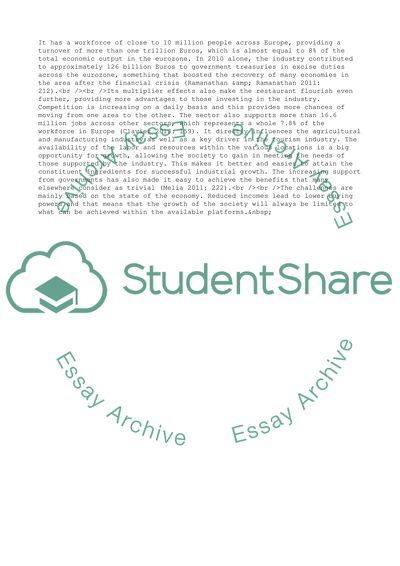Cite this document
(Restaurant Industry Overview: Comparative Analysis of *3 Qualitative Case Study Example | Topics and Well Written Essays - 1750 words, n.d.)
Restaurant Industry Overview: Comparative Analysis of *3 Qualitative Case Study Example | Topics and Well Written Essays - 1750 words. https://studentshare.org/business/1867260-comparative-analysis-of-3-qualitative-interviews
Restaurant Industry Overview: Comparative Analysis of *3 Qualitative Case Study Example | Topics and Well Written Essays - 1750 words. https://studentshare.org/business/1867260-comparative-analysis-of-3-qualitative-interviews
(Restaurant Industry Overview: Comparative Analysis of *3 Qualitative Case Study Example | Topics and Well Written Essays - 1750 Words)
Restaurant Industry Overview: Comparative Analysis of *3 Qualitative Case Study Example | Topics and Well Written Essays - 1750 Words. https://studentshare.org/business/1867260-comparative-analysis-of-3-qualitative-interviews.
Restaurant Industry Overview: Comparative Analysis of *3 Qualitative Case Study Example | Topics and Well Written Essays - 1750 Words. https://studentshare.org/business/1867260-comparative-analysis-of-3-qualitative-interviews.
“Restaurant Industry Overview: Comparative Analysis of *3 Qualitative Case Study Example | Topics and Well Written Essays - 1750 Words”. https://studentshare.org/business/1867260-comparative-analysis-of-3-qualitative-interviews.


